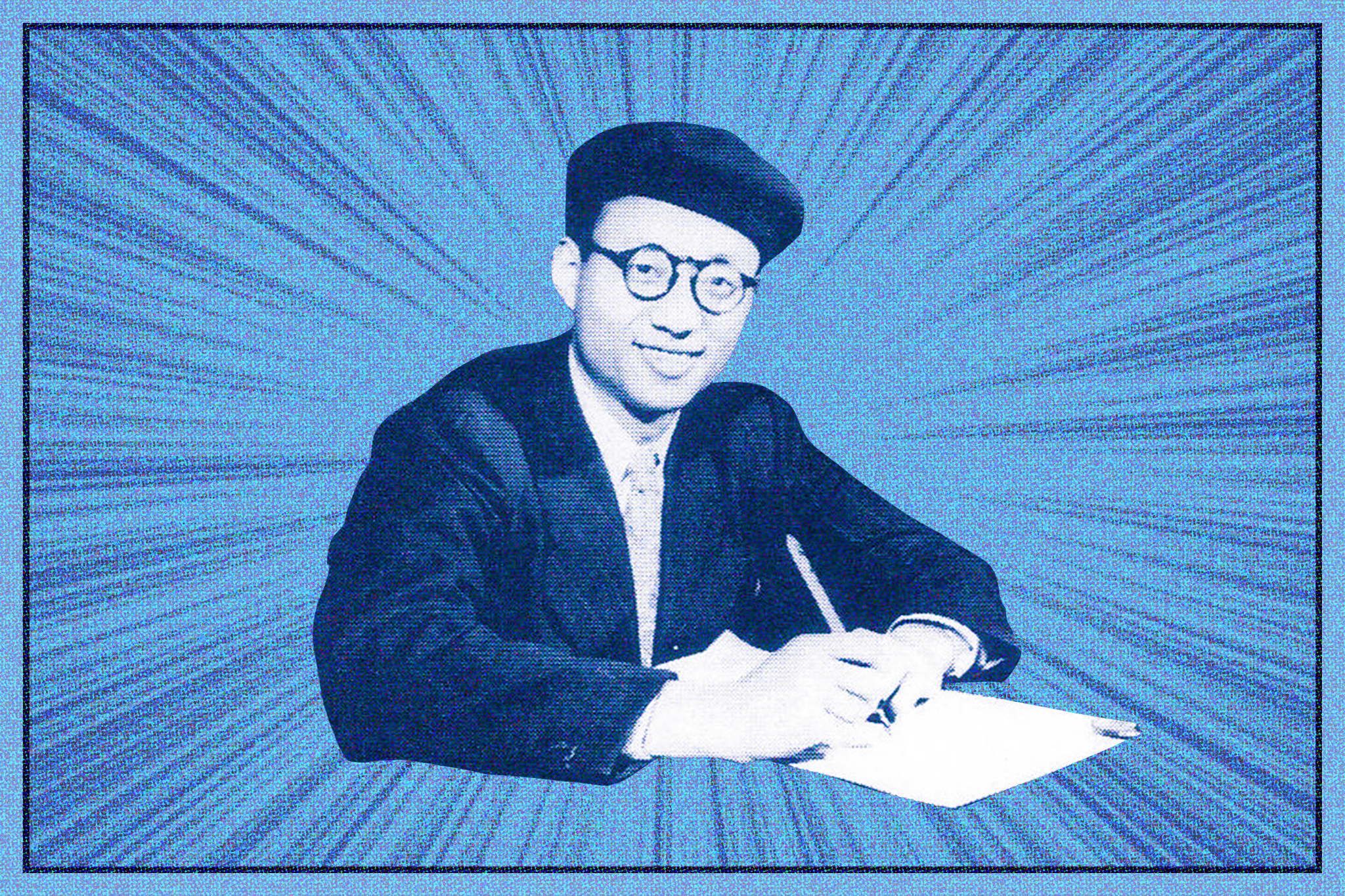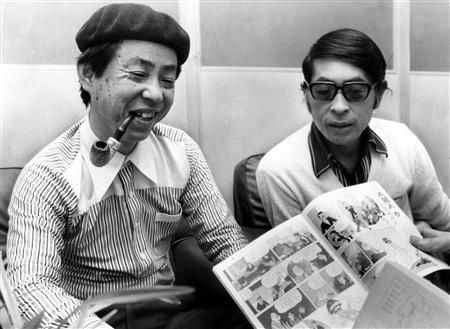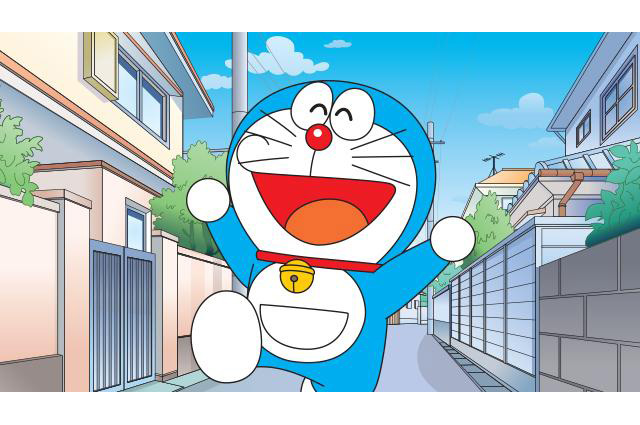The great Akira Toriyama was due to celebrate his 69th birthday today. In honor of the legendary Dragon Ball creator, we’ve decided to take a look at the most influential mangaka in history for our latest List of 7. Of course, any list like this is going to be subjective, as people have different interpretations of the word “influential.”
And being only seven, it means that several big guns miss out, including Eiichiro Oda, whose series One Piece is the best-selling manga in history. Some other giants in the industry not to make it are Machiko Hasegawa (Sazae-san), Leiji Matsumoto (Galaxy Express 999), Masashi Kishimoto (Naruto), Katsuhiro Otomo (Akira), Naoko Takeuchi (Sailor Moon), Naoki Urasawa (20th Century Boys), Tite Kubo (Bleach) and Go Nagai (Cutie Honey), just to name a few.
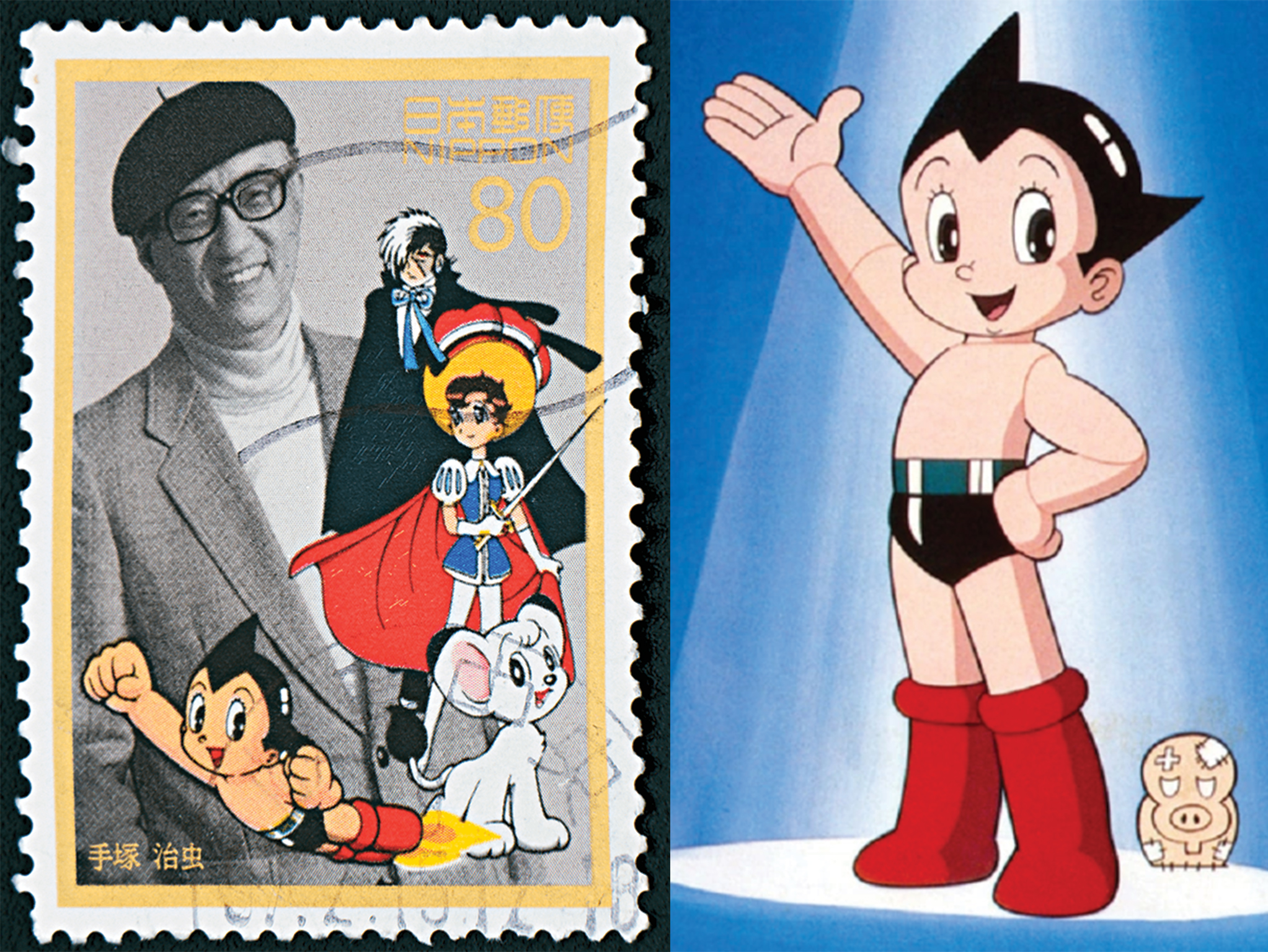
1. Osamu Tezuka
Described as the “God of Manga,” Osamu Tezuka was the first person in the industry to draw the big, expressive eyes that are so ubiquitous in comics today. During his illustrious career, he wrote around 150,000 pages of manga manuscripts for over 700 volumes. One of his biggest hits early on was Kimba the White Lion (known as Jungle Emperor in Japan), released in 1950, which Disney’s The Lion King was later accused of copying.
In 1951, Tezuka introduced his most famous creation to the world. Astro Boy originally featured as a supporting character in the short manga series Captain Atom. A spinoff titled Mighty Atom premiered a year later. It proved a huge success at home and abroad, surpassing 100 million in sales. Stanley Kubrick was so impressed, he asked Tezuka to be the art director of 2001: A Space Odyssey, but he refused. Tezuka’s other famous titles include Black Jack, Phoenix and Buddha.
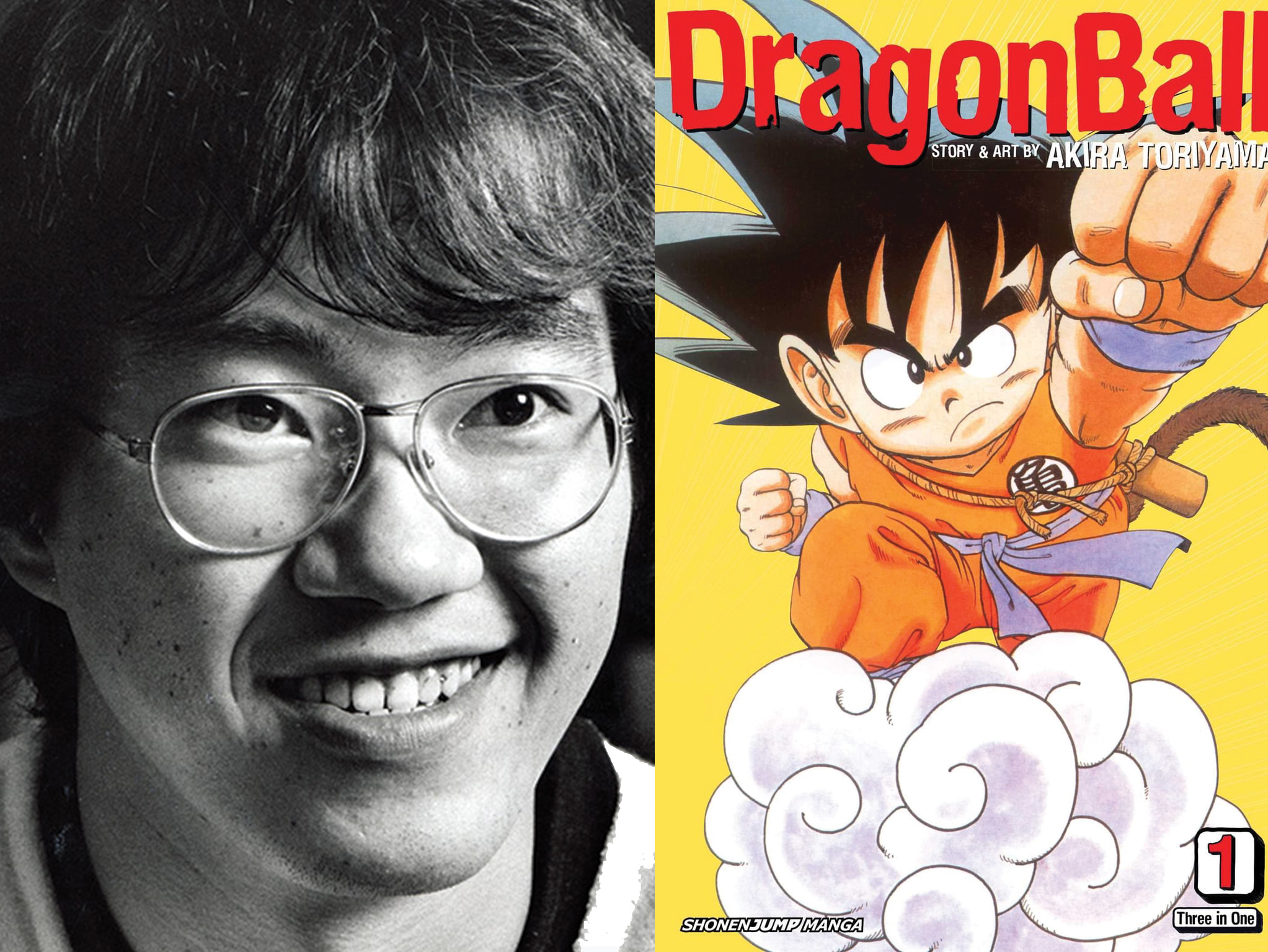
2. Akira Toriyama
The president of a high school manga club, Akira Toriyama quit his job at an advertising agency at 23 and entered an amateur contest in Kodansha’s Weekly Shonen Magazine. While that didn’t work out, he soon started sending his work to Weekly Shonen Jump instead, leading to his first published work, Wonder Island. He planned to quit the industry after getting paid, but with Wonder Island and its sequel flopping, Toriyama decided to fight on and prove himself.
It was a wise decision. The Aichi Prefecture native achieved his first success with Dr. Slump in 1980, though it was the release of Dragon Ball four years later that took him to another level. Inspired by the Chinese classic Journey to the West, he based the lead character, Son Goku, on Sun Wukong. Selling more than 260 million copies worldwide, the series has influenced several well-known manga and boasts many celebrity fans. Toriyama was also famously a character designer for Dragon Quest.
3. Fujiko Fujio
Between 1953 and 1987, Hiroshi Fujimoto and Motoo Abiko collaborated and wrote individually under one pen name: Fujiko Fujio. Born in Toyama Prefecture, they bonded over their mutual love of drawing while at elementary school, though they kept their illustrations a secret from other students. One of their proudest moments came in 1951 when they presented their hero Tezuka with their work Ben Hur, and he complimented them. That was when they decided to make their partnership permanent.
There was a stark difference between their works. Abiko’s stories tended to be darker, featuring black humor as seen in The Monster Kid and The Laughing Salesman. By contrast, Fujimoto became better known for his kid-friendly designs, most notably Doraemon. First seen in 1969, the earless robotic cat from the 22nd century has not only become an iconic figure in Japan but also a cultural diplomat that’s even been described as a “state propaganda tool,” having helped to improve Sino-Japanese relations. 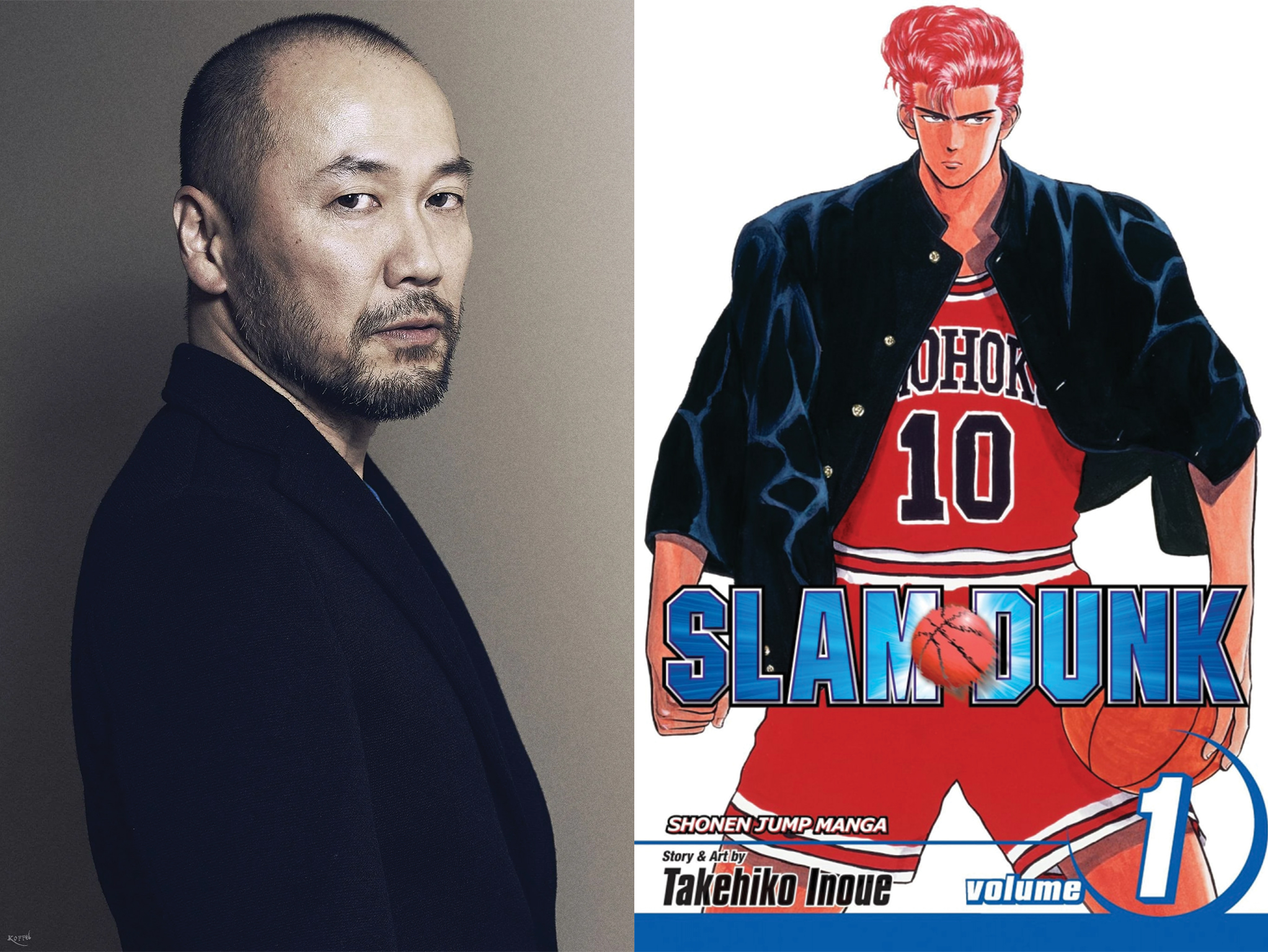
4. Takehiko Inoue
There have been many influential sports manga over the years, such as Dokaben, Captain Tsubasa, Haikyu!! and Ashita no Joe. However, it’s Takehiko Inoue’s Slam Dunk that’s had the biggest impact. His inspiration for the basketball story came from his interest in the sport, which he played at school, and his love of manga, particularly Shinji Mizushima’s baseball story Dokaben. According to Alex Wong of Yahoo! Sports, Inoue’s series “inspired an entire generation of basketball players in Japan.”
With 170 million copies in circulation, Slam Dunk is the seventh best-selling manga series in history. Inoue followed up that huge hit with Buzzer Beater, another basketball story, before releasing the epic martial arts series Vagabond in 1998. A fictionalized account of the life of Musashi Miyamoto, it’s arguably the most adored seinen samurai manga ever released. The story is based on Eiji Yoshikawa’s novel Musashi, though with added original subplots and vignettes. It’s been on an extended hiatus since 2015.
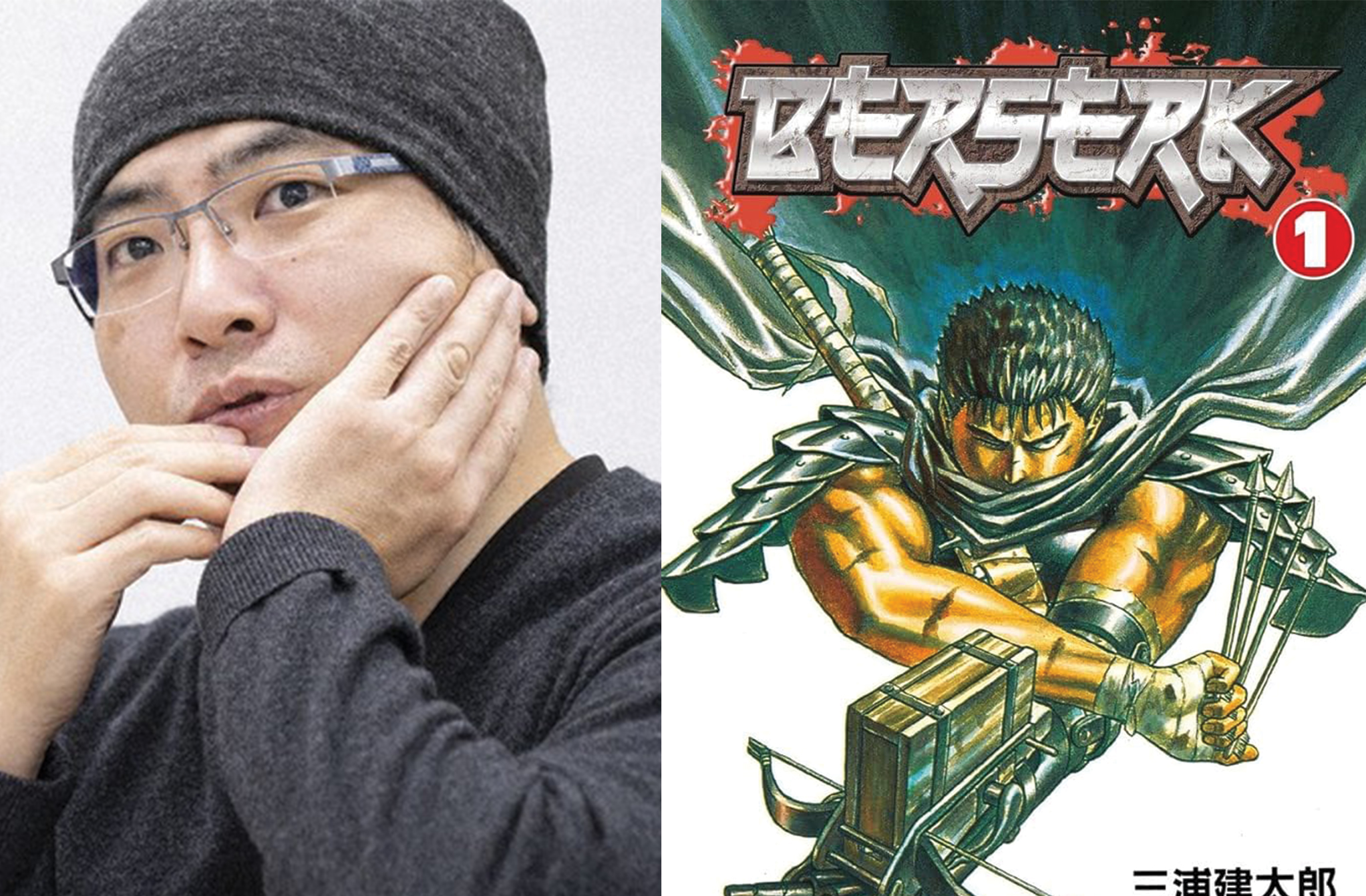
5. Kentaro Miura
After Kentaro Miura passed away in May 2021, Hajime no Ippo author George Morikawa shared a story on X (then called Twitter) about the time Miura came to help him when he started his first manga series. “He was 18 and I was 19. … I was amazed at what he drew. It was too good for his age … I asked him to show me the sketchbook. I was even more amazed and got goosebumps … Berserk was already there.”
Miura illustrated several manga series throughout his career, though the one he’ll always be remembered for is Berserk. An epic tale of revenge, its influence on the dark fantasy genre cannot be overstated. Boasting stunningly detailed artwork, layered characters and powerful themes, it’s widely considered to be the greatest seinen manga ever, heavily influencing series such as Fullmetal Alchemist, Attack on Titan and Demon Slayer: Kimetsu no Yaiba. The final chapter Miura worked on was published posthumously in September 2021.
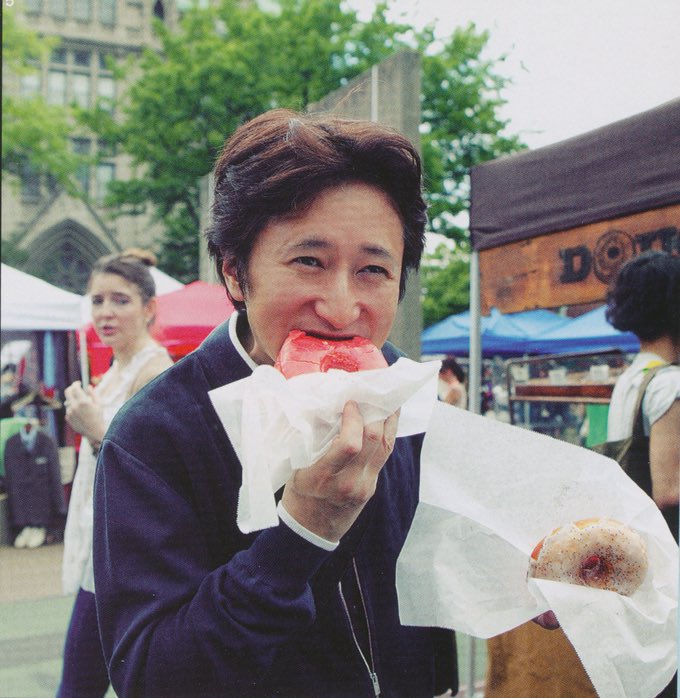
6. Hirohiko Araki
As a youngster, Hirohiko Araki often camped out in his room reading manga such as Ikki Kajiwara’s Ai to Makoto and Mitsuteru Yokoyama’s Babel II. He also pored over his father’s collection of art books and was particularly influenced by the work of Paul Gauguin. Araki himself eventually started drawing and, at high school, submitted his work to various magazines. Each time they were rejected. He then decided to visit Shueisha, the publisher of Weekly Shonen Jump, in person.
He presented Poker Under Arms, which, despite being heavily criticized, was selected as the runner-up at the 1981 Tezuka Awards. Six years later, Araki released his magnum opus, JoJo’s Bizarre Adventure. The long-running series, which centers around the Joestar family, has influenced several popular manga, such as Hunter × Hunter and Jujutsu Kaisen, as well as games like Persona and Yu-Gi-Oh! In 2009, Araki was selected by the Musée du Louvre to create original works set at the famous museum.
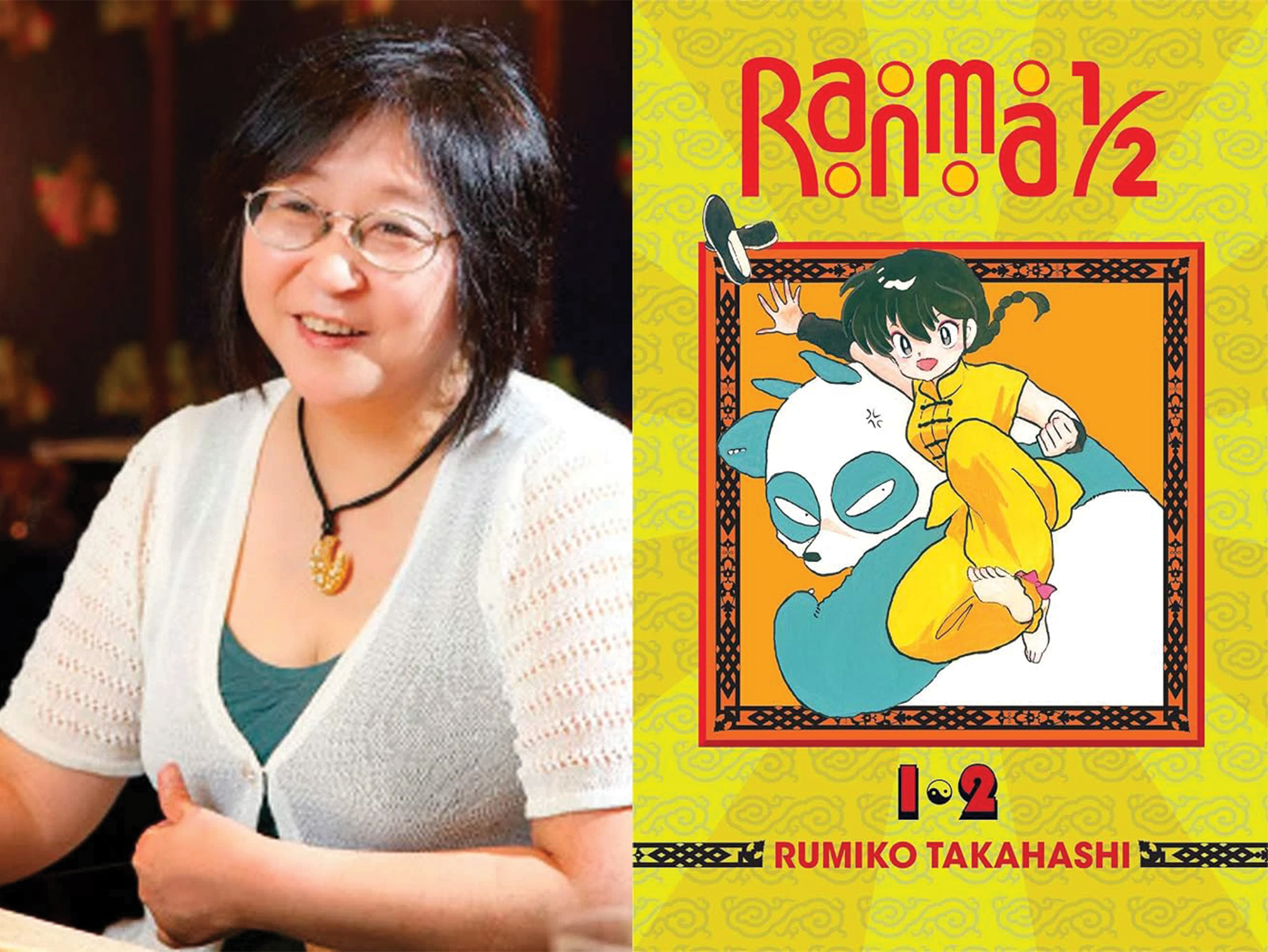
7. Rumiko Takahashi
The best-selling female manga artist in history, Rumiko Takahashi is a two-time winner of the Shogakukan Manga Award and one of only four women to have received the prestigious Grand Prix de la ville d’Angoulême lifetime achievement prize. While Hitoshi Okuda’s Tenchi Muyo! is widely considered the first true harem series — in which a male character is surrounded and loved by many female characters — Takahashi, thanks to series like Ranma ½, is the mangaka that truly popularized the genre.
Ranma ½, which revolves around the skilled teenage martial artist Ranma Saotome, is Takahashi’s most successful manga to date, with over 55 million copies in circulation. Not too far behind, with 50 million, is Inuyasha, a story about a junior high school girl from Tokyo who is transported to the Sengoku period. A hugely successful isekai manga, it captivated readers with its mix of action, adventure, comedy and romance. Other popular stories by Takahashi include Urusei Yatsura and Maison Ikkoku.

